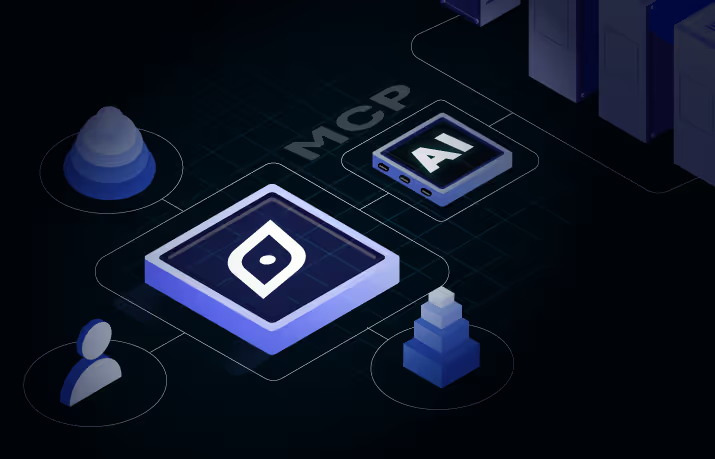Risks of Ignoring Skills-Based Workforce Planning: What HR Leaders Need to Know
As enterprises navigate the complexities of modern business, one thing is becoming clear: traditional role / title-based workforce models are rapidly becoming obsolete. The rise of automation, digital transformation, and an increasingly global workforce has shifted the focus from roles to skills. This is where skills-based workforce planning (SBWP) comes in—a strategic approach that helps businesses manage talent based on the specific skills needed to drive current and future success.
However, not every enterprise is on board. Many HR leaders still rely on outdated models, failing to recognise the risks of not adopting skills-based workforce planning.
The High Stakes of Ignoring Skills-Based Workforce Planning
Risk #1: Outdated Workforce Strategies
One of the biggest risks of not implementing skills-based workforce planning is the inability to adapt to rapidly changing business needs. Traditional workforce models are often rigid, focusing on defined roles rather than the underlying skills necessary for success. This lack of agility becomes a serious limitation in industries where the demand for new skills is fast-paced and ever-changing.
According to a 2021 World Economic Forum report, more than 50% of employees will require reskilling by 2025 due to technological advancements. HR leaders who continue to use outdated workforce models will struggle to align their talent strategies with this growing demand for new skills, leaving their organizations vulnerable to disruption.
Without skills-based workforce planning, companies risk being stuck in the past, unable to quickly pivot to new opportunities, markets, or technologies. A stagnant workforce strategy will not only hinder growth but may also create inefficiencies that erode a company’s competitive edge.
Risk #2: Widening skills gaps
Ignoring skills-based workforce planning can lead to a significant skills gap within an organization. Traditional models that focus on roles rather than skills often overlook the nuances in workforce capabilities. This creates blind spots where critical skills may be missing, which can impact everything from product innovation to customer satisfaction.
According to a global Deloitte survey, organizations are increasingly placing skills, rather than jobs, at the center of the way work gets done.
Companies that fail to adopt skills-based workforce planning will likely face severe talent shortages, especially in emerging fields such as AI, machine learning, and data science. These gaps not only make it harder to fill roles internally but also increase the cost of external hiring as competition for specialized talent intensifies.
For example, tech giants like Google and Amazon have implemented skills-based workforce planning frameworks to stay ahead of the competition by continuously identifying and filling skills gaps, ensuring that their workforce remains adaptable and future-ready.
Risk #3: Inefficient use of talent
Another downside of ignoring skills-based workforce planning is inefficient talent allocation. Traditional workforce planning models often result in the underutilization of existing employees because they focus narrowly on current roles rather than leveraging the full spectrum of skills an employee brings. This misalignment can lead to wasted potential, and – employees feeling disengaged or under-challenged.
In contrast, skills-based planning enables HR leaders to match the right people with the right projects based on their skills, not just their job titles. This promotes a more dynamic and flexible talent strategy, ensuring employees are utilized to their fullest potential.
Organizations with a skills-based workforce planning model such as skills-based workforce planning see much higher productivity and significantly lower attrition rates. By not adopting this approach, companies risk disengaging top talent, which could lead to decreased employee morale and higher turnover.
Risk #4: Lagging behind in AI and Automation integration
The future of work is increasingly shaped by artificial intelligence (AI) and automation. Companies that fail to adopt an AI-powered skills-based workforce planning strategy and continuously align it with the rapid advancements in these areas will find themselves struggling to keep pace with competitors who do. Skills-based workforce planning allows HR leaders to anticipate the impact of AI on workforce needs by identifying which skills will become more valuable as automation becomes widespread.
By using AI-driven insights, skills-based workforce planning can help companies stay ahead of these trends, continuously adapting their workforce to future needs.
HR leaders who are slow to adopt skills-based workforce planning risk falling behind in the AI revolution, leaving their workforce ill-prepared for the future.
Failing to act now puts your organization at risk.
The world is shifting toward a skills-first approach, and enterprises that do not follow suit risk being left behind.

HR leaders who ignore skills-based workforce planning today may find themselves scrambling to catch up tomorrow.
The time to act is now! By adopting skills-based workforce planning, you can future-proof your talent strategies, increase workforce agility, and stay ahead of the competition.
Don’t wait until it’s too late, embrace skills-based workforce planning now or risk losing your edge in a rapidly evolving business world. Book a demo now.










.svg)
















.svg)





.svg)





.svg)
